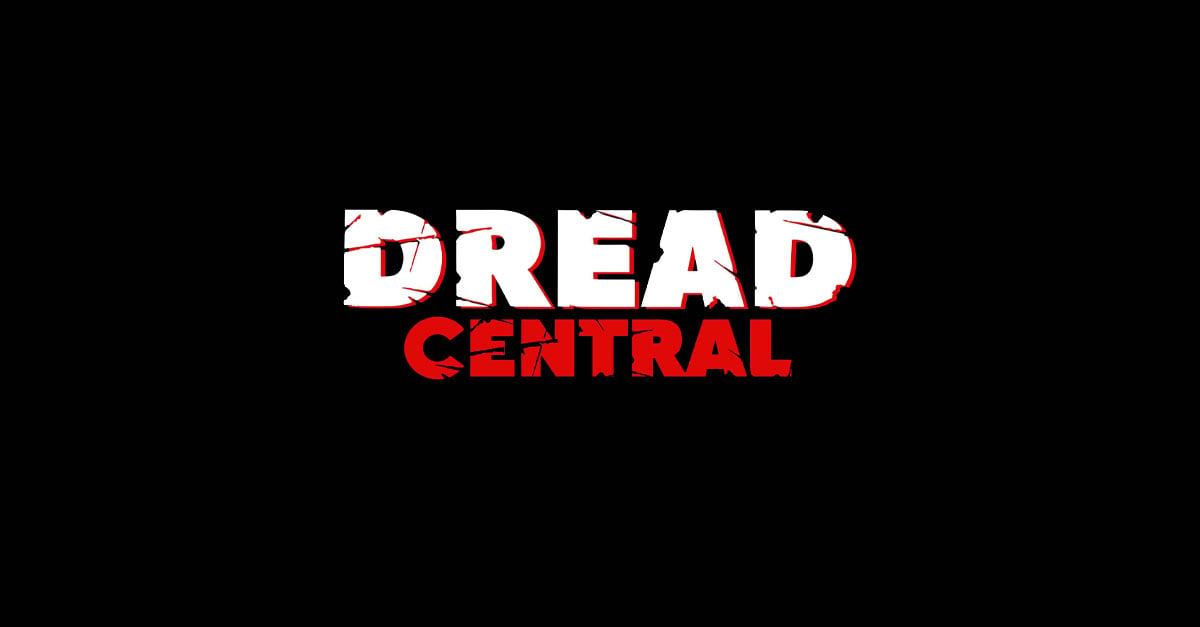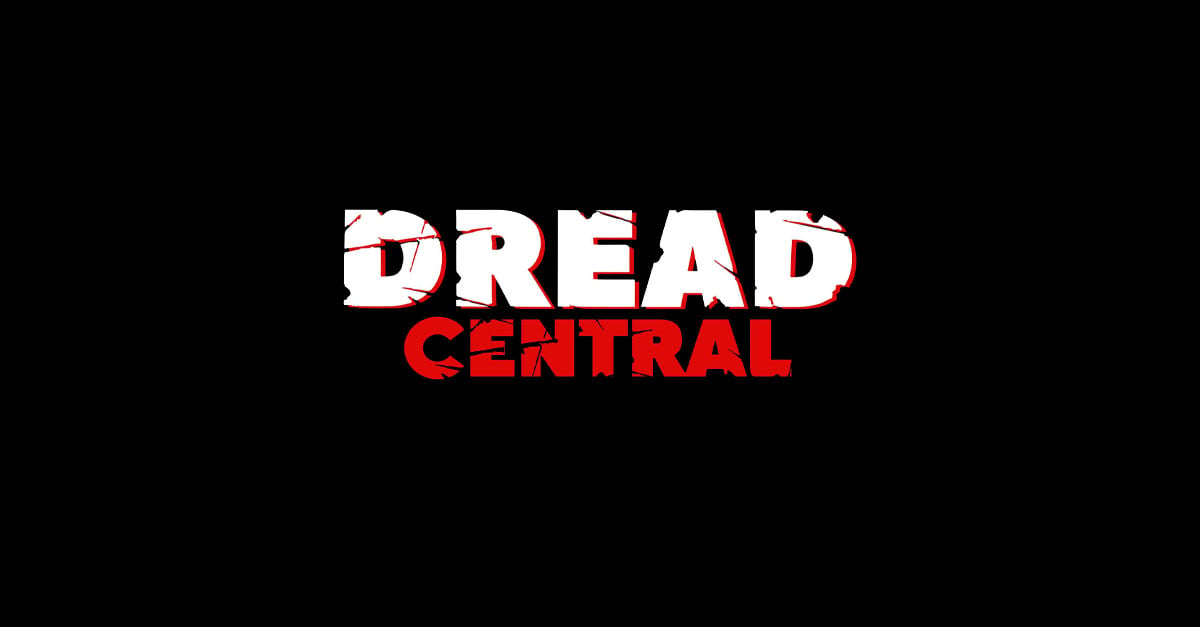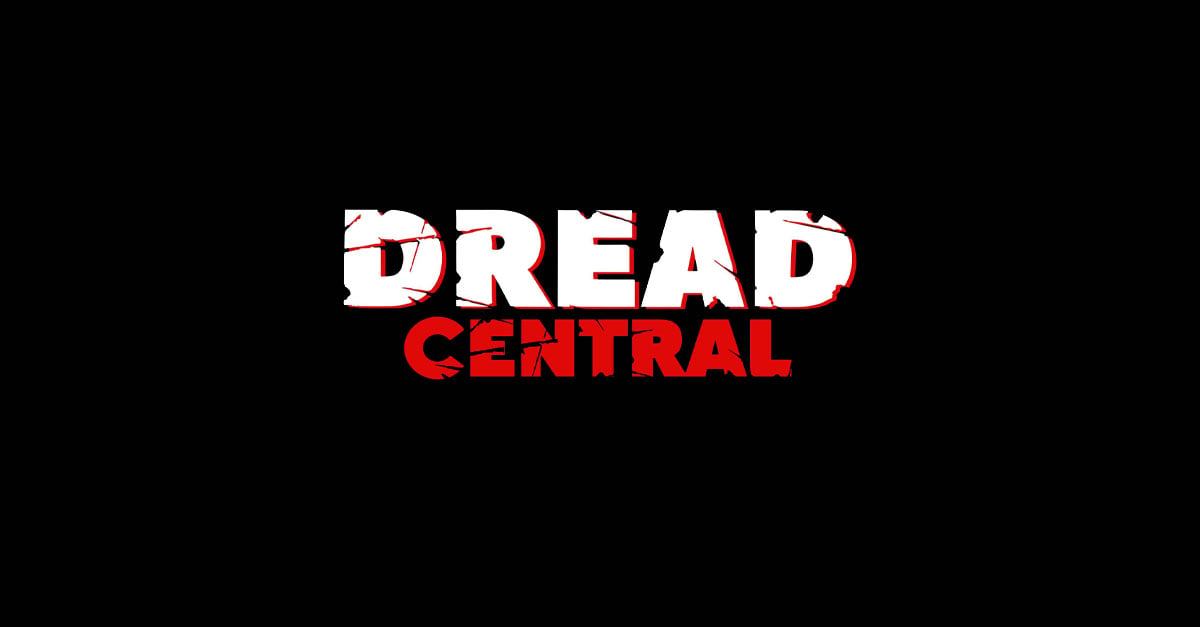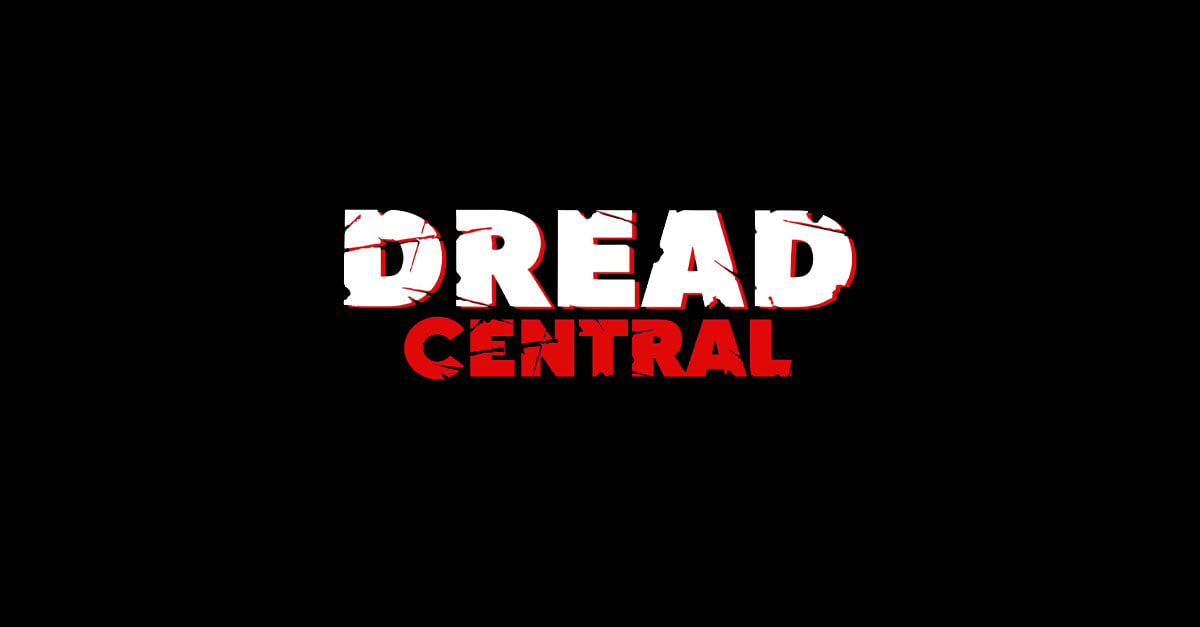For Art’s Sake: Interview with Team Nilo; Why Asemblance Is My Art Game of the Year

As you could tell from my review, I was a pretty big fan of Asemblance. This is rare for me. I like indie art games conceptually, but in practice I find them to be full of more shit than a Senate debate over the federally mandated price of toilets.
I’m willing to call just about anything that genuinely tries “art,” but not all art is good. You can say that I’m basing my opinion on just preference, but I like some pretty shitty art. There’s a difference between “I like this” and “This is genuinely well made.” It’s a subtle nuance that most people seem unwilling to understand.
Many art game devs also forget that games are supposed to be entertaining. This is my beef with most walking simulators. I’m not too stupid to enjoy good storytelling or understand the subtle nuances of a non-linear plot, but most of these are written for an audience of one. They seem less attempts at telling a good story and more to flex how unique and “in touch” the creator is. Shows like “Queer as Folk” have shown us that alternative narratives can be progressive, interesting, touching, and fun; but most art game devs still cling to this assumption that enjoyment is secondary to “the feels.”
When an art game comes along that I call “good,” I consider that to be very high praise. It has to fill all three categories, being artistically insightful, well made, and entertaining. Positively entertaining, at that. Not the kind of ghastly joy I get out of picking every last nit out of the bloated carcass of a terrible game.
I first played Asemblance because I was avoiding E3 work and the Steam user reviews described it as a game that could be beaten in 20 minutes. I found that just like the titles of art game, walking simulator, or interactive narrative, the description was only a sliver of truth. It was far insufficient to actually capture its essence. It’s a game that can be beaten in 20 minutes… or weeks. It’s a story that can be discovered over and over again. It’s a few small rooms that become many, filled with mundane objects that become keys to unlocking the world. It is simple, small, contained, grand, vast, and complex; and it does each without compromising any other element.
So yeah, I liked it. And apparently, the people at Nilo Studios liked me back. They recently contacted me with the highest praise that any artist can give, which is that I “got what they were going for.” As much as this tickles my boner (and it does, a lot), I think it speaks more to a general lack of understanding by critics. If you read my Calendula article, you can get a sense of what I’m talking about.
At the same time, I don’t think it’s my place to explain what an artist intended. So I’m not going to. Instead, I contacted Nilo Studios back and asked them if they would like to take a stab at explaining it. I wanted to learn their inspiration, their drive, and where they saw themselves in the larger sci-fi/walking simulator narrative market. One of the biggest audience complaints was that the story didn’t come together, so I wanted to give them a chance to respond.
*WARNING! THIS WILL NOT MAKE A WHOLE LOT OF SENSE IF YOU ARE NOT FAMILIAR WITH THE GAME! AT THE VERY LEAST, READ MY REVIEW!*
So on a bit too warm San Diego morning, my hungover ass answered the phone to the bewilderingly upbeat voices of Eric Raab (Writer/Idea Monger) and Niles Sinkey (Creative Director/Doer of the Hard Work). They told me that they were sad Adam Burd (Sound Wizard) was unable to join us, as he was busy partying with all the DJs and cool kids. I was surprised to find that between the three of them, that was all of Nilo Studios. It took three dudes, one idea, and a year to make Asemblance. If you know anything about indie studios, that’s pretty fucking impressive. There are plenty of games with five times that staff that can’t pump out similar titles in 2-3 years.

I’m looking at you, Krillbite Studio.
They credit their ability to complete the project so quickly to their industry experience. Eric and Niles met during their previous job at Bungie, where they were part of the team that worked on Destiny. Though proud of their work, they found that they didn’t have the creative freedom they needed to flesh out their own innovative sci-fi story. Go figure.
So, as their store page says, they were inspired by “The Twilight Zone,” and when I asked, they said more specifically an episode from the 1985 version titled “Dreams for Sale.” I advise you watch it, as while the inspiration is clear, the two are radically different. Asemblance isn’t an imitation of the source material, but rather rooted in this foundation. It started with an idea of dream being the framework for self-discovery. They were fixed on this idea of repeated viewings, where subtle changes would unlock new pieces, leading to either a trickle or flood of information. Starting with this meta-concept, they then began to work on the fictional foundation.
Their goal with Asemblance was to explore cause and effect through narrative in a non-binary fashion. Commonly, the style of choice in games is based off of several fixed points that diverge into different narrative arcs. For example, in Mass Effect, do you kill the Rachni queen or let her live? Even in a more branching narrative like Fallout: New Vegas, the model of choice is based on various pivotal moments. With Asemblance, they wanted discovery and choice to be based on player interaction. So, if you choose to spend more time in the office reading documents, where will that lead you as the player?

The apartment is the epicenter for the game’s emotional climax but holds many subtle clues beyond the shift between light and dark. As the player, how you chose to explore it will dictate your feelings on the setting.
It’s a model that makes playing the game an integral part of uncovering the narrative, which differentiates it from most walking simulators. For titles like Dear Esther, while there are things to see if you look around, the act of seeing them doesn’t influence how the narrative plays out. It could as effectively be watched as a Let’s Play. To achieve the explorative element of Asemblance, Niles worked to create varied environments that told a layered story visually. With only four(ish) rooms to work with, each had to be immediately accessible. The forest is peaceful, the office is cluttered and lonely, the home is warmer and bright, and the simulation room is dark and ominous. Starting with real and varied environments, they then populated it with minute details.
Entering a room for the first time, it is important to be visually drawn to key elements. Lit computer screens, flashing play buttons, and saturated elements like the butterfly immediately draw focus. This is Game Design 101, but exploring past these elements is where the real meat is. You won’t notice at first that those little notes on the wall or scattered papers have relevant text on them. They worked to pack meaning into every element, hiding messages in every note, picture, and sound. Their goal was a story that revealed itself in layers, peeled directly by the player.
In order to play a game, however, there has to be a mode of interaction. The minds at Nilo wanted this mechanic to be simple and immediately understandable. So they went with the simplest of ideas: just looking at stuff. Starting with that basic concept, they worked to add levels of interaction to that mechanic. Observation became the tool for discovery. Just like the narrative design, they wanted the process of experiencing the mechanic to be similarly layered. While it’s initially easy to figure out that looking at something causes a reaction, the number of key points where it changes the environment are few. Once again peeling back the layers, it’s up to the players to realize that learning from what they observe and applying that to their understanding of the world is as important as activating key events.

For example, take this room. It’s immediately apparent that the recorder with its bright green light is important. The red glow of the clock pulls your gaze, making you take stock of what time it is. But at what point do you realize that those papers strewn about are actually legible and contain information vital to your understanding? Even more, when do you start noticing the hat rack behind you and the single cap? Unpacking the environments visually is fundamental to Asemblance.
Still, they understand that this mechanic is fundamentally flawed. Once you realize that staring at things changes stuff, the obvious player reaction is to just stare at everything and see what changes. As the game is quite dense, they realize that there is a real risk players will just stare at everything, trying to get every ending without making the logical connections. This is where they were hoping the cooperative social aspect would come into play. Similar to how players unpacked games like P.T., they wanted there to be a meta-cooperative element to discovering all the secrets and endings. It takes a bit of mental gymnastics to pull back from the traditional idea of “cooperative” gaming and apply it to the entire player base, but it’s a realistic understanding of the current “just Google it” style of modern gaming.
Discussing this mechanical shortcoming, I got a little information about what they plan to do with Asemblance as a series. As stated, they want this to serve as the “pilot” for a series. While they weren’t ready to tell me what they had cooking for the next episode, they told me that the next episode would not be “Chapter 2.” Instead, they seek to tell a number of short stories in the framework of the titular company “Asemblance.” The company has many projects, so while this episode was about an individual in a memory machine, there’s a lot of space to evolve into other, semi-modern sci-fi experiments.
There’s a reason I used the term “individual” in a memory machine. As a final question, I got to ask them to elaborate on the story of Asemblance (the game, not the company). They said that one of the most interesting part of players’ reactions to the game was their assumption of who the character was. Responding to the criticism that players found the story to not come together, they challenged that players should broaden their perspective. As player interaction dictates the course of the story, so does your narrative perspective affect your conclusions.

It’s pretty clear early on that things are not as they seem, so it’s not a stretch to assume that you might not be as you seem.
It’s a common concept in literature to do “alternative readings,” but in the framework of the nameless character of Asemblance, such an experiment works. The basic message of someone haunted and trapped by memories is obvious, but ask yourself: Who is this person? Viewing it from different perspectives, how does that alter your understanding? How does that affect the presentation of the information and the meta-narrative of the memories expanding past the machine? Once again, it’s up to the player and his/her observations to uncover these questions. Only this time, it’s another level removed, requiring a change in your interaction as a player outside of the game world.
It was an incredibly informative talk with two devs who had a robust vision for a dense narrative. It might seem a bit self-serving, attempting to prove that my preferred art is “the best art.” I’m too human to completely divorce myself from this concept, but that mostly doesn’t matter. This isn’t about convincing you to like Asemblance. It’s about raising the level of discourse and analysis for art games. After reading this, I hope you look at the game again and think, “I hadn’t considered that.” If it makes you just dislike it more, then I’ll be happy. At least your comment calling me a philistine will be more interesting to read.
Categorized:Editorials Horror Gaming Interviews News

